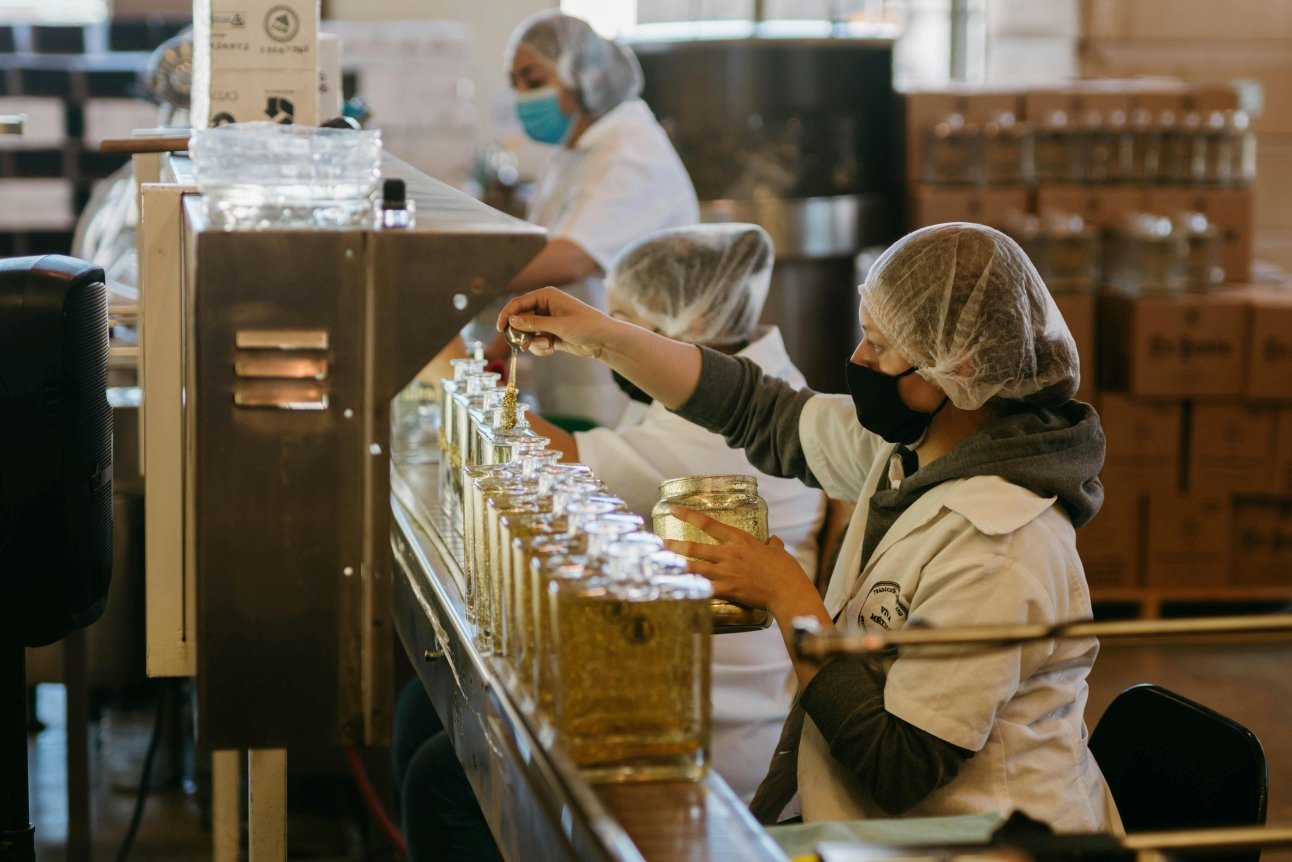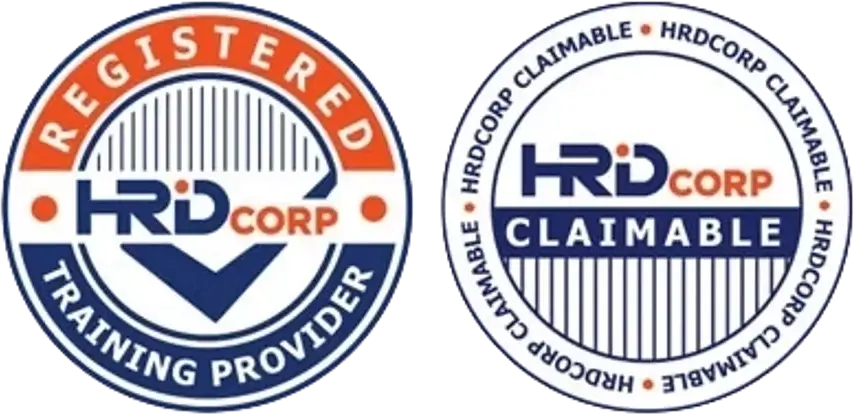Can One CCP Cover Multiple Hazards — Or Is That a Red Flag?
When setting up or reviewing your HACCP plan, one question often comes up:
Can a single Critical Control Point (CCP) cover more than one hazard?
Or is that a sign something’s wrong with your plan?
Let’s clear the confusion and see what best practice — and real-world audits — say about multi-hazard CCPs.

✅ Yes, One CCP Can Control Multiple Hazards
But only if it meets certain conditions. It’s not automatically a red flag, but it does require careful justification.
Here’s when it’s acceptable — and even efficient — to use one CCP for more than one hazard:
✔️ When Is It OK to Have One CCP for Multiple Hazards?
🔥 1. The Process Step Eliminates or Reduces All Hazards
-
Example: Thermal processing (e.g. pasteurization)
-
Controls biological (pathogens like Salmonella)
-
Also may reduce chemical risks (e.g. mycotoxins)
-
-
✅ CCP is valid if time-temperature combo is scientifically proven
🧊 2. The Control Method Is Effective for All Hazards
-
Example: Metal detection
-
Controls physical hazard (metal)
-
Can also detect metallic allergen contamination in rare cases
-
-
✅ Only if sensitivity and rejection criteria are clearly defined
⚖️ 3. Monitoring Parameters Are the Same
-
If all hazards at that step are controlled by the same measurable limits, monitoring becomes manageable
-
Example: Cooking at 75°C for 30 seconds controls E. coli, Listeria, and Salmonella
-
✅ Document the scientific validation for all three hazards
🔍 4. CCP Team Has Scientifically Justified the Approach
-
Justification must include:
-
🧪 Risk assessment
-
📚 Scientific references
-
📊 Historical data
-
-
✅ Audit-ready documentation required
❌ When Is It a Red Flag?
🚩 1. You’re Bundling Hazards to Avoid Extra CCPs
-
Example: “We use this one CCP for everything because fewer CCPs = easier audits”
-
❌ That’s not compliant and may lead to audit findings
🚩 2. The Hazards Need Different Control Methods
-
Example:
-
Biological hazard needs temperature control
-
Physical hazard needs filtration
-
-
❌ Trying to control both at one CCP would confuse the control logic
🚩 3. Monitoring Is Inconsistent
-
Different hazards = different monitoring techniques (e.g. visual inspection vs. time/temp sensors)
-
❌ Mixing monitoring methods at one CCP causes confusion and non-compliance
🚩 4. Validation Data Is Missing or Weak
-
No clear proof that all listed hazards are reduced/eliminated by this CCP
-
❌ Auditors will flag it as “insufficient scientific basis”
📋 What Auditors Want to See
-
🔍 Each hazard clearly identified and assessed
-
✅ Justification for using a single CCP
-
🧪 Validation for each hazard controlled
-
📊 Monitoring procedures that align with all hazards
-
🧾 Corrective actions tailored to all hazard types
-
📂 Clear documentation — don’t just write “see above”
🔄 What to Do If You’re Unsure
-
📌 Revisit your hazard analysis and decision tree
-
📈 Revalidate the control measure using data
-
👥 Involve your HACCP team — include QA, production, and engineering
-
🗂 Update your records with fresh justification
-
🧑🔬 Seek expert review if multi-hazard CCPs are complex

📣 Final Takeaway
✅ One CCP can cover multiple hazards — but only if your team has done the scientific and practical homework.
❌ Don’t shortcut the process to avoid extra CCPs or documentation.
Remember, the key is not how many CCPs you have, but whether each CCP is clear, effective, and validated.
🧠 Need Help Reviewing Your HACCP CCP Justification?
At CAYS Scientific, we help food manufacturers:
-
🔍 Analyze CCP logic
-
📊 Validate control measures
-
✅ Ensure audit-proof documentation
📞 Reach out today for a free HACCP Review Discovery Call!


